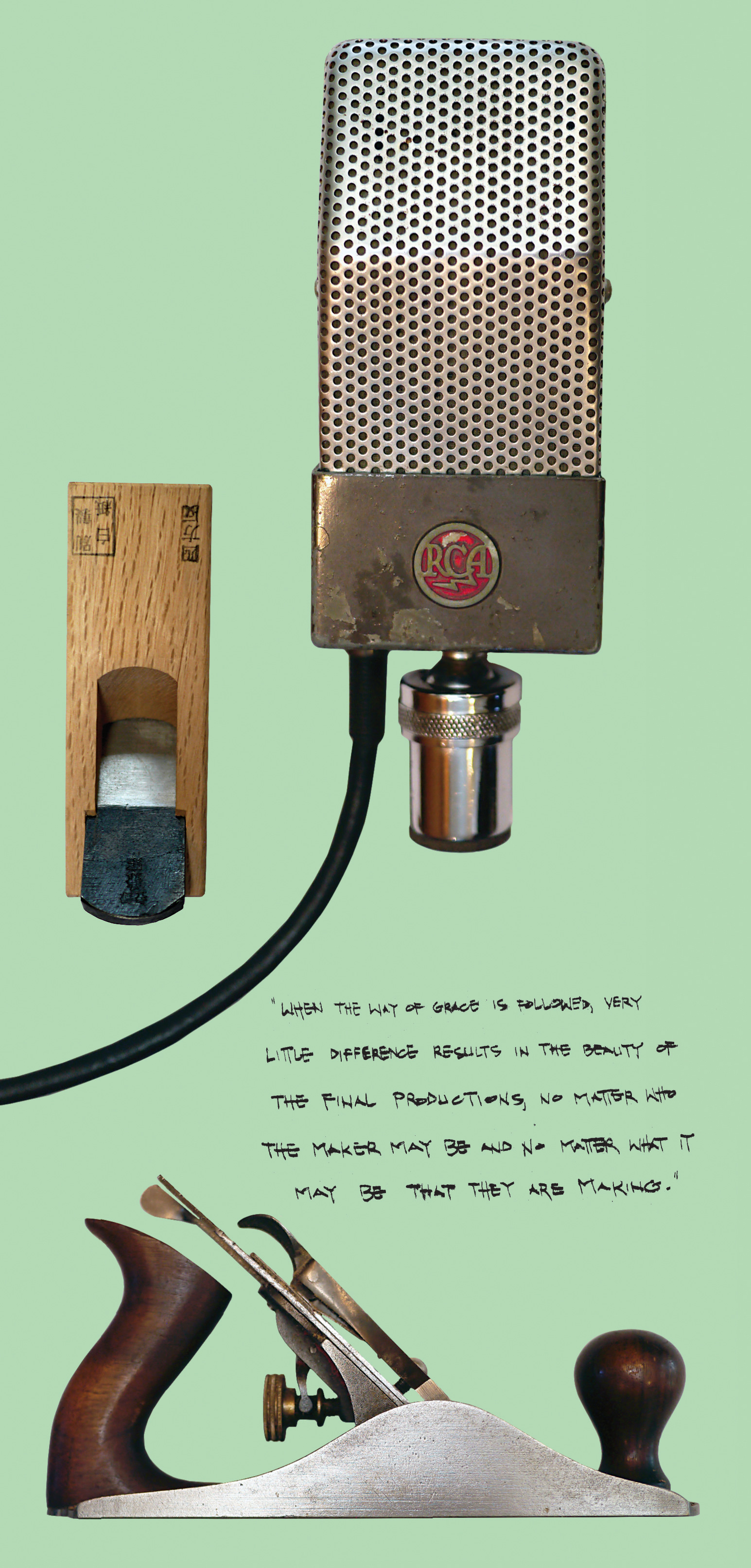Sound Particles is a software company based in Portugal, and is most known for the immersive audio software aptly named Sound Particles 2. Their new plug-in, Density, creates multiple sounds based on the input signal. It manipulates the audio through granular synthesis, a concept similar to sampling, but works on a microsound timescale (between 1-100 ms). “Granular” is a broad term for many different processes used in many DAWs, synths, DSP, and even dedicated hardware instruments. Ableton Live’s [Tape Op #143] Warp and Celemony Melodyne’s [#84] pitch correction tools are examples that are possible because of granulation.
In Density, there are three different modes: Basic, Detune, and Pitch, with increasingly more controls, respectively. Basic mode functions in either Small or Large Ensembles, with a Detune knob, plus a button to add a voice(s) an octave below. All added voices are dispersed evenly in the soundfield. Detune mode gives dramatically more options with controls over the Voices Nr. (number), Voice Speed, Grain Size, Grain Type (either forward or reverse), Dynamic Range, and the grain’s Position Divergence. There is also a virtual joystick-like XY pad that can be set to control two parameters. This mode also introduces the Top View, which provides a bird’s eye look at the grains in the soundfield. Users also have control over the direction of the grain’s movement in the Top View. Pitch mode expands the controls even further by allowing setting of intervals for up to eight slots (each containing Pitch, Voices Nr., and Gain, plus mute and solo functionality). The plug-in also features a clickless/no glitch bypass and a randomization feature (if you are feeling lucky). Density can be operated in multiple formats from mono and stereo to 5.1, 7.1, binaural, and Dolby Atmos.
The most successes I’ve had with this plug-in were on vocals, strings, and synthesizers. Used subtly, Density can achieve a thickening/chorus-y vibe. It can create a lot of believable voices from a single input. When pushed further, it becomes very experimental, with drastic pitch changes that can fill the entire frequency spectrum. Placing the input signal at nil while employing rotational panning of the grains as a rotary speaker emulation felt super convincing.
Looking at Sound Particles’ suite of plug-ins, it appears they have some interesting panning solutions, and I would love some of those features to be implemented in the panning of the Grains in Density. Currently, the only options are to rotate clockwise, counterclockwise, and random. The Pitch mode is not musically intelligent, and the ability to quantize the pitch to scales can encourage a lot of musical happy accidents. My workaround was to automate the pitch intervals in Pitch mode.
Density proved to be an interesting use of granular synthesis, delivering pretty realistic results with either minimum or maximum input from the user. It can be used to thicken an existing sound, create harmonies, and be pushed into experimental territory as an audio effect or sound design tool. My testing with Density took place in a stereo matrix for music production, but I’m sure there are endless possibilities in an immersive audio setup or for post-production work.




_disp_horizontal_bw.jpg)